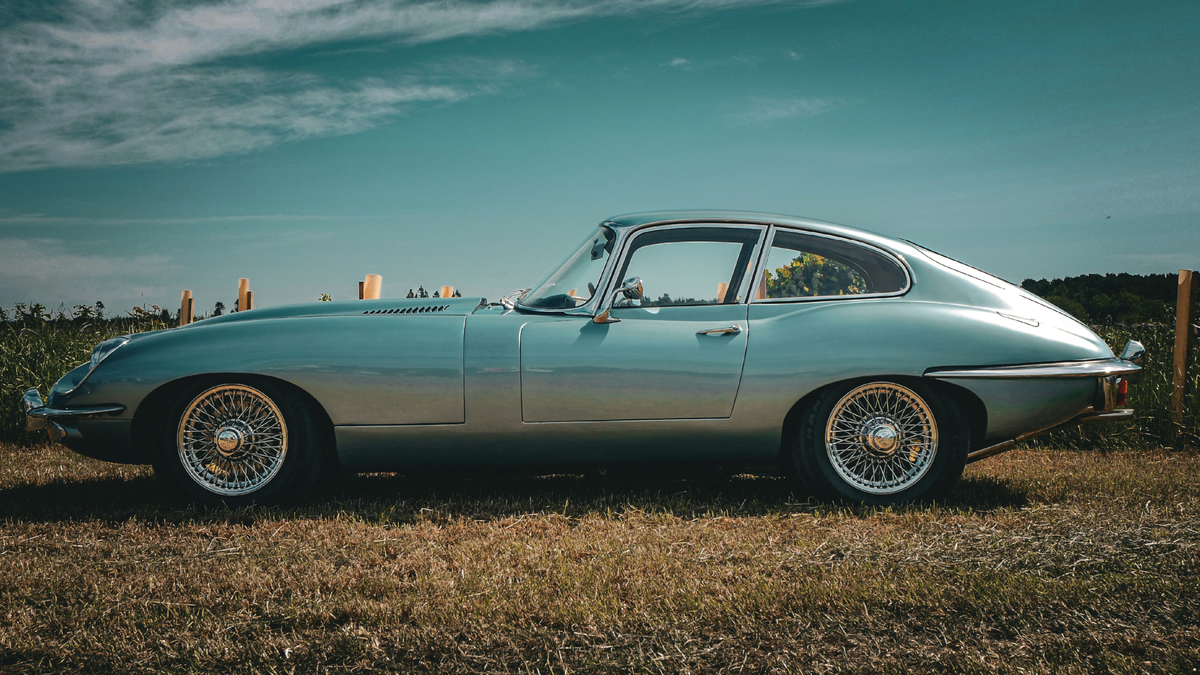
When Form Was Free to Follow Fantasy
Imagine designing a car without having to think about crash tests, pedestrian impact zones, airbags, backup cameras, crumple zones, or bumper height regulations. Just pure design. Art on wheels. That’s how it used to be—before creativity had to answer to the rulebook.
Look back at cars from the '30s through the '70s and you’ll see shapes and silhouettes that simply don’t exist anymore. The Jaguar E-Type, with its impossibly long hood and curves that felt sculpted by wind itself. The Mercedes 300SL Gullwing, with doors that opened like the future had arrived early. Or the Chevy Corvette Stingray of the '60s, so sharp and dramatic it looked like it could cut the air in half.
None of these would make it off a modern production line unaltered. Too low. Not safe for pedestrians. Visibility too poor. Headlights the wrong shape, bumpers the wrong height, no crumple zones, no sensors. Beauty, apparently, is dangerous.
And yeah, we need safety. No one’s saying we should go back to the days when a minor fender bender could turn fatal. But let’s admit it: regulation has put creativity in a straightjacket. Most cars today look like they were designed by committees, not dreamers. They're functional, efficient, and painfully boring. Aerodynamics, pedestrian safety, and manufacturing efficiency have squeezed the soul out of car design.
It’s why so many modern cars feel the same—same nose, same beltline, same proportions. That’s not coincidence. That’s constraint.
But what if we loosened those constraints—just a little? What if we imagined a parallel world where designers could still build rolling sculptures without worrying about pedestrian impact ratings? What if we re-prioritized beauty and soul, even if just for limited runs or concept art?
There’s a reason car shows still drool over vintage Ferraris, and Aston Martins. Those cars weren’t just transportation—they were statements. Personality. Imagination. They made you feel something before you even turned the key.
So the next time you see a new car that looks like it was made by copy-pasting last year’s model, remember: it’s not always a lack of creativity—it’s creativity buried under rules.
But we can dream. And sometimes, dreaming is the most rebellious design act of all.
—
At Impresa Brand360, we help clients stand out from their competitors and connect with their audience. get in touch to see how we can be of service for your brand and business: www.impresabrand360.comFollow us on LinkedIn: https://www.linkedin.com/company/impresa-brand360and Instagram: https://www.instagram.com/impresabrand360/

